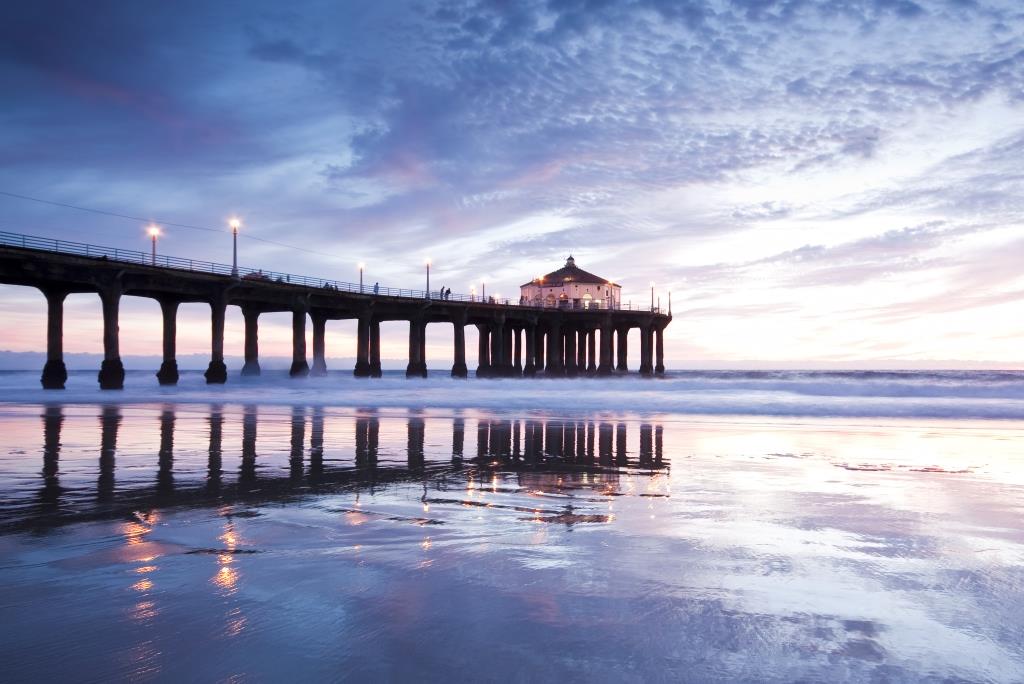Healing the Australian landscape: The wisdom of First Peoples and cultural burning
With climate change accelerating the frequency and intensity of wildfires across the globe, integrating Indigenous knowledge into modern land management practices offers a powerful prevention tool. Recent events, such as the devastating wildfires in California in January 2025 and the growing severity of wildfires worldwide, put in plane sight the urgent need for creative solutions to address the threat. One such solution lies in the traditional practice of cultural burning, rooted in thousands of years of wisdom from the First Peoples in Australia, offering a viable solution to protect our landscapes.
Australia’s landscapes have long been shaped by fire and many of the continent’s flora like its native orchids and banksia need fire to germinate. For tens of thousands of years, First Nations Peoples have had a deep and spiritual symbiotic relationship with their traditional lands known as “Country” —a concept encompassing the spiritual, cultural, and ecological connection between people and the land. This connection has shaped their relationship with food, their way of living within Australia’s diverse ecosystems, and their rituals and cultural practices. In essence, Country is central to the entire social structure of Aboriginal Australia.
Rediscovering a connection with Country for all Australians — not just First Peoples — presents an opportunity to reconcile with Australia’s complex colonial past. Moreover, the cultural practices of Care for Country are increasingly recognized as vital in addressing Australia’s wildfire crises.
Cultural burning, also known as “cool burning,” involves carefully planned low-intensity controlled fires that are conducted during optimal seasonal conditions. This technique, deeply rooted in Indigenous knowledge systems, reduces fuel loads, promotes biodiversity, and rejuvenates native vegetation. Often referred to as giving medicine to “sick Country” they differ from high-intensity wildfires, in that they are deliberate, controlled, and aimed at nurturing the land rather than harming it. Following the devastating bushfires of 2019 and 2020 across southern New South Wales and Eastern Victoria, numerous properties in the vast area of affected landscape managed with these practices experienced minimal or no loss and damage.
Since then, numerous local governments and landcare management authorities across Australia have turned to cultural burning to help restore balance to local ecosystems. Driven by the national advocacy work undertaken by the Firesticks Alliance Indigenous Corporation, demand for traditional fire knowledge is growing from public authorities and private landowners. However, administrative issues like getting permits to undertake cultural burns and funding to deliver training programs to skill up cultural burners from Indigenous communities are challenging.
Thankfully, the mainstreaming of cultural burning is being supported by key stakeholders like multinational insurance firms such as Suncorp, which is assisting landholders and government bodies to integrate cultural burning into broader land management strategies.
As the ravages of wildfires continue to negatively impact California and other territories around the world, the wisdom of First Peoples offers more than just a practical solution—it offers a pathway to healing. By integrating traditional knowledge with modern land management practices, city leaders have the opportunity to restore not only the balance of ecosystems but also our broken connection with nature. This approach aligns with ICLEI’s commitment to nature-based and equitable development, fostering biodiversity, respecting ecosystems, and building resilience in cities and regions worldwide. Building a sustainable future requires amplifying and integrating all forms of knowledge. Together, we can shape cities where people live in harmony with nature, honoring the wisdom of the past while forging a resilient and equitable tomorrow.
This blog was written based on the insights of the “Partnering with Traditional Owners,” webinar, organized by CitiesWithNature. Watch the recording here.







